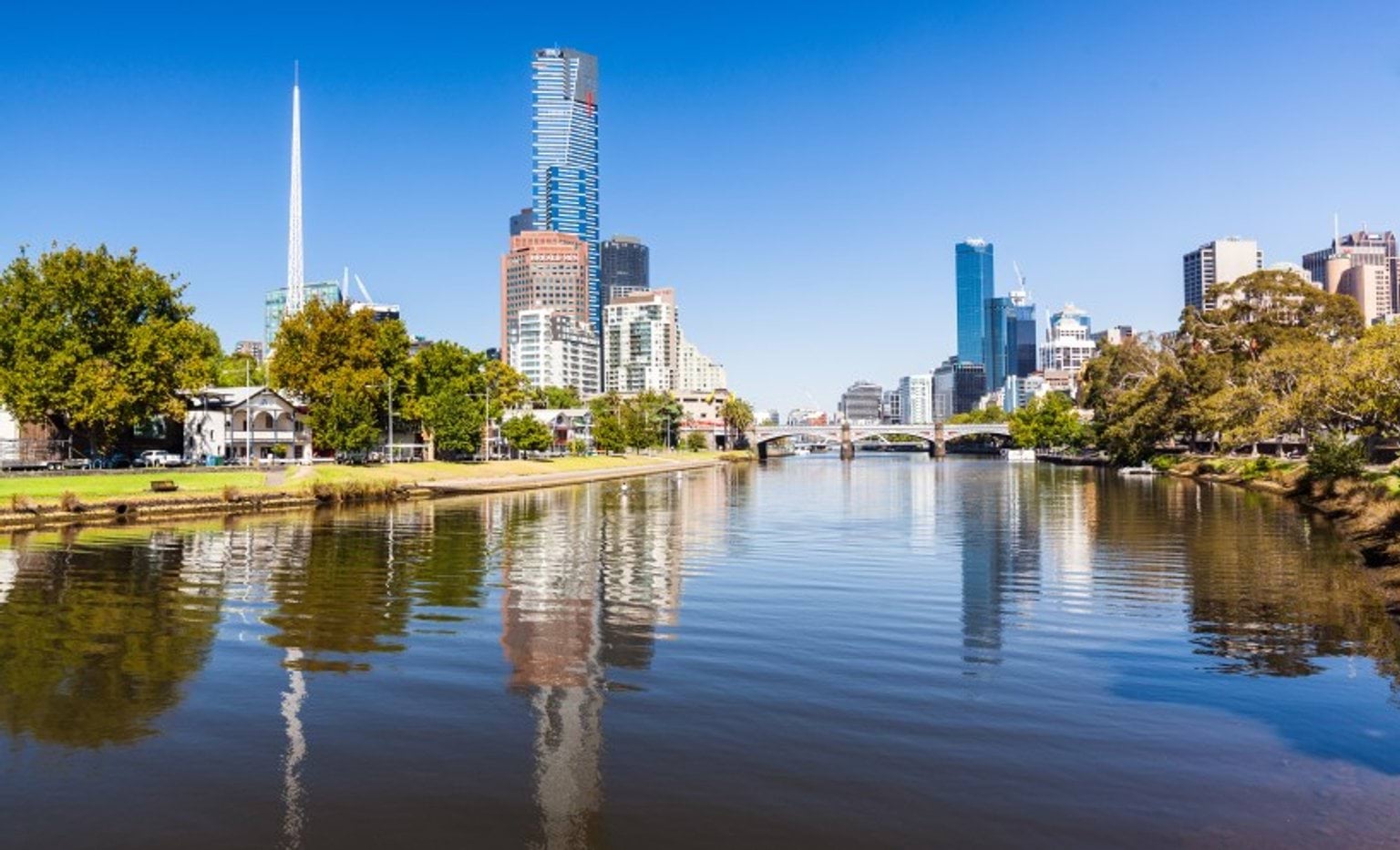- Published:
- Monday 7 June 2021 at 5:34 pm
- Location:
- Melbourne metropolitan
- Published by:
- Department of Premier and Cabinet

Council has the statutory capacity to vary the registered boundaries of existing registered Aboriginal parties (RAPs). Whilst this is necessarily a complex and sensitive decision-making process, it ensures that self-determination is at the core of defining Country and the responsibilities of those who speak for it.
“It is Council’s responsibility and privilege to register Traditional Owner groups to care for their Country. Each decision Council makes, to register, to decline or to vary Traditional Owners’ recognised Country, is an enormous responsibility. We hope that future generations can benefit from the legacies we leave through our decision making.”
Council has released proposals to vary the boundaries of the Bunurong Land Council Aboriginal Council (BLCAC) and Wurundjeri Woi-wurrung Cultural Heritage Aboriginal Corporation (WWWCHAC) for a 3,721km2 area, that lies between their existing registration boundaries.
Under the Aboriginal Heritage Act 2006, a RAP must consent to Council’s proposal to vary its registration boundary. Council has asked both BLCAC and WWWCHCAC to indicate their consent to the proposals by 21 June 2021 with a view to implementing the registration boundary changes on 1 July 2021.
Background
For many years, BLCAC and WWWCHAC had been in discussions regarding variation of their registered boundaries. Both RAPs had approached these discussions in good faith, wanting to ensure that Country was cared for and Cultural Heritage protected by its Traditional Owners. However, the two RAPs had not been able to reach an agreement on a variation of their boundaries and both approached Council to develop proposals regarding their respective boundaries. Council have now considered the Country that lies between them and asked the question, ‘Who speaks for this Country’?
The proposals
In answer, the proposals put forward by Council emphasise its understanding of the traditional Countries of the Bunurong and Wurundjeri Woi-wurrung Peoples. In large part, these traditional Countries were defined by natural and environmental features, significantly by water. The direction of water flow provides a clear indication of the shape of Country and reflects the cultural understanding of the Bunurong as “salt-water People” and the Wurundjeri Woi-wurrung People as the “people of the Birrarung” (Yarra River).
“A line between our traditional areas, along a road or a current riverway, is an acknowledgement of our colonised environment. As the First Peoples’ of this place now known as Victoria, we must stand strong and protect Country through these imposed structures. Working together, meeting and understanding the old ways, we can strengthen the places where we meet. In this way, our borders between mob can be our strongest places – where we talk to each other, pass across songlines and hold ceremony.”
Council’s proposal sees the Birrarung and the waters flowing into it as the traditional Country of the Wurundjeri Woi-wurrung People. On this basis Council’s proposal recognises the Wurundjeri Woi-wurrung People as the Traditional Owners of the area that is now the Melbourne CBD.
The traditional Country of the Bunurong People however is defined by the waters that flow directly into Port Philip Bay. This country extends up from the existing BLCAC RAP registration area west to the Werribee River.
Further information
Bunurong Land Council Aboriginal Council
- About the RAP
- Statement of basis on which the Council considers it appropriate to vary the registration area
Proposal to vary registration of Bunurong Land Council Aboriginal Corporation 070621(opens in a new window)
- Map of the proposed registration variation area
BLCAC_Variation Proposal MAP_JUN21(opens in a new window)
Wurundjeri Woi-wurrung Cultural Heritage Aboriginal Corporation
- About the RAP
- Statement of basis on which the Council considers it appropriate to vary the registration area
Proposal to vary registration of Wurundjeri Woi Wurrung Cultural Heritage 070621(opens in a new window)
- Map of the proposed registration variation area
Variation Proposal Map(opens in a new window)
Fact sheets
Updated

